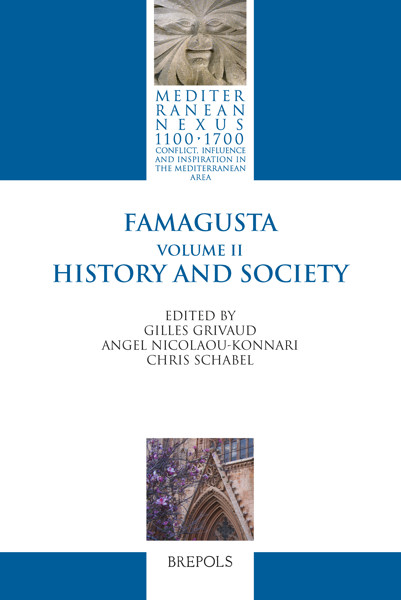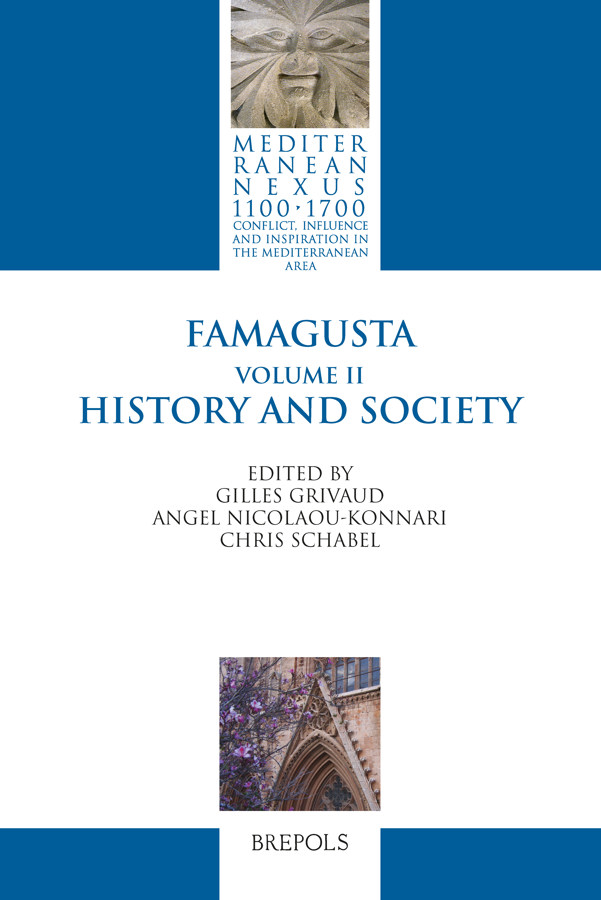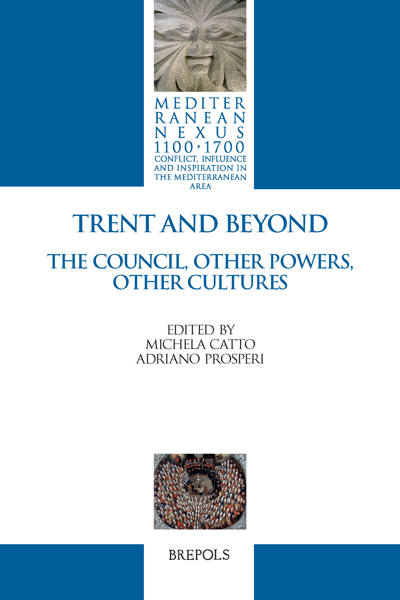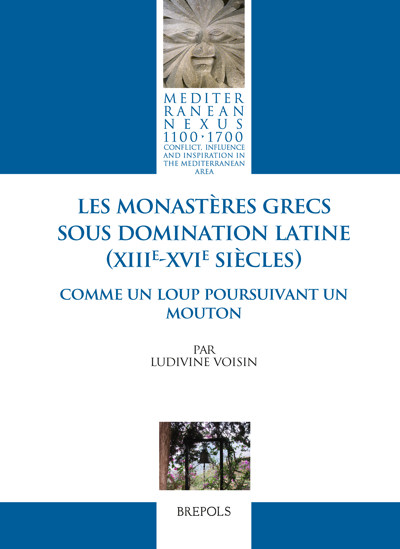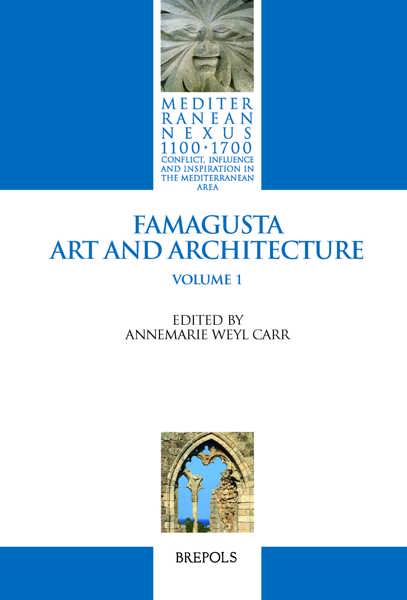
Famagusta
Vol. II: History and Society
Gilles Grivaud, Angel Nicolaou-Konnari, Christopher Schabel (eds)
- Pages: 912 p.
- Size:156 x 234 mm
- Illustrations:115 col., 13 tables b/w., 3 maps b/w
- Language(s):English, French
- Publication Year:2021
- € 120,00 EXCL. VAT RETAIL PRICE
- ISBN: 978-2-503-59041-7
- Hardback
- Available
- € 120,00 EXCL. VAT RETAIL PRICE
- ISBN: 978-2-503-59042-4
- E-book
- Available
The political, social, economic, and ecclesiastical history of the city of Famagusta in Cyprus in medieval and early modern times (late 12th to late 16th century) and its image in retrospect
“It will certainly provide many scholars with crucial details and inspiration for more scholarship on the extraordinary city of Famagusta for years to come.” ( Justine M. Andrews and Jackson O. Larson, in The Medieval Review, 25/12/2021)
Gilles Grivaud is Professor of Medieval History at the Université de Normandie-Rouen. He has published extensively on Lusignan and Venetian Cyprus.
Angel Nicolaou-Konnari is Associate Professor of the History of Hellenism under Latin Rule at the University of Cyprus. Her research focuses on various aspects of the history of Lusignan and Venetian Cyprus.
Chris Schabel is Professor of Medieval History at the University of Cyprus, specialising in later medieval intellectual history and the Latin East.
This is the second of two volumes on the history and archaeology of the port city of Famagusta in Cyprus from the beginning of the island’s Frankish rule in 1191 to the Ottoman conquest in 1571. The first volume, entitled Art and Architecture and edited by Annemarie Weyl Carr, was published in this series in 2014.
The volume provides a comprehensive survey of the four-century history of Famagusta under Frankish, Genoese, and Venetian rule down to the Ottoman siege and conquest, supplemented by an account of the image of the medieval and Renaissance city in retrospect. Based on original research and often using unpublished sources, fourteen acknowledged specialists study Famagusta’s political, social, economic, and ecclesiastical history from a multi- and interdisciplinary approach that involves aspects such as institutional continuities and discontinuities, military and spatial organisation, religious and cultural exchanges, gender roles, and the city’s image in travelogues, literature and art. Such an approach allows a better understanding of the evolution of the ethnically and religiously diverse Famagustian society from a rich commercial centre under the Lusignans to an enclave under the Genoese and a military outpost under the Venetians.
Preface
Gilles Grivaud, Introduction
Part I. Frankish Famagusta 1191-1373/4
Peter W. Edbury, Famagusta and the Lusignan Kingdom of Cyprus, 1192-1374
Jean Richard, Famagouste dans les institutions du royaume de Chypre et la question du bailliage royal
David Jacoby, The Economy of Frankish Famagusta, 1191-1373
Part II. Genoese Famagusta 1373/74-1464
Catherine Otten-Froux, Famagouste sous la domination génoise (1374-1464)
Laura Balletto, Économie et commerce à Chypre pendant la période génoise
Svetlana Bliznyuk, Famagusta on Guard
Part III. Frankish and Genoese Famagusta
Alexander Beihammer, La population de Famagouste (XIIIe-XVe siècle)
Michel Balard, Syrian Christian Communities in Medieval Famagusta
Chris Schabel, The Ecclesiastical History of Lusignan and Genoese Famagusta
Part IV. Venetian Famagusta 1474-1571
Gilles Grivaud, Martiale et marcienne, Famagouste entre 1474-1571
Part V. Medieval and Renaissance Famagusta
Panos Leventis, Fragmentation and Unity
Angel Nicolaou-Konnari, Women in Medieval Famagusta
Part VI. Medieval and Renaissance Famagusta in Retrospect
Lucie Bonato, Famagouste dans la littérature des voyageurs français
Rita Severis, Famagusta : With Pencils, Brush, and Palette
Maps and Illustrations
List of Abbreviations
Bibliography
Index
List of Contributors
